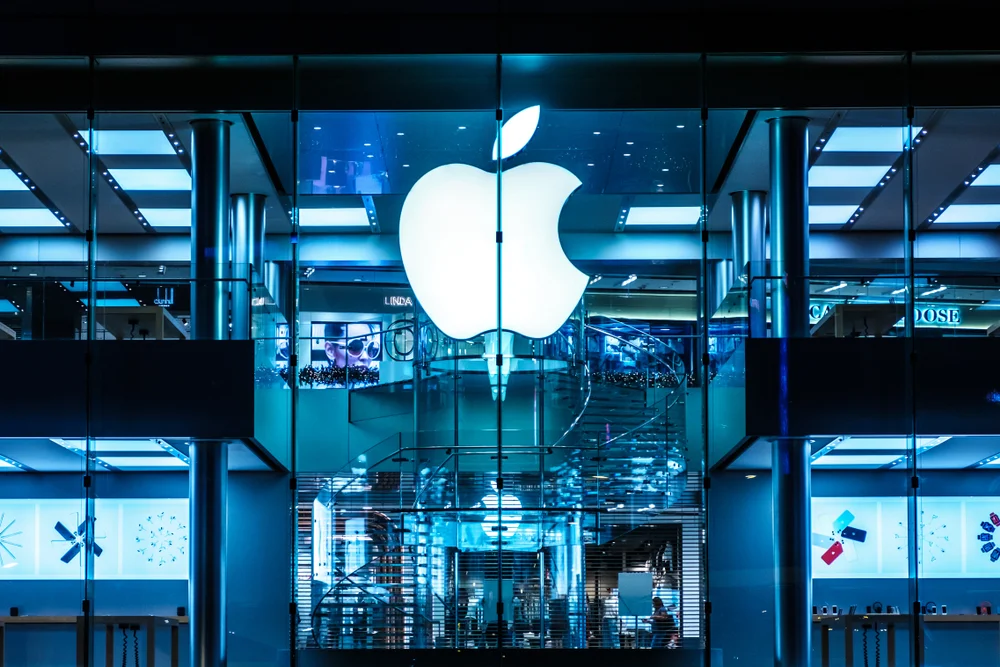Copyright forbes

POLAND - 2025/09/21: In this photo illustration, the Coinbase company logo is seen displayed on a smartphone screen with the us dollar note in the background. (Photo Illustration by Piotr Swat/SOPA Images/LightRocket via Getty Images) SOPA Images/LightRocket via Getty Images Coinbase posted net income of $433 million in the third quarter, a respectable showing that nonetheless reveals how the crypto exchange’s business model is shifting beneath the surface. While total revenue climbed 25% quarter over quarter to $1.9 billion, the composition of that revenue tells a more interesting story about where crypto is heading. The company also increased its bitcoin holdings by $299 million during the quarter through weekly purchases and now holds 14,548 bitcoins. As of September 30, the fair market value of crypto assets held for investment reached $2.6 billion (of which $1.6 billion is in bitcoin), with an additional $1.0 billion in crypto assets held as collateral. This brings total available resources, including crypto holdings, to $15.5 billion. The steady accumulation suggests Coinbase views bitcoin less as a trading instrument and more as a strategic treasury asset, following a playbook established by MicroStrategy and other corporate bitcoin adopters. Transaction Revenue Remains Subdued The elephant in the room is transaction revenue. At $1.0 billion, it’s up 37% from the previous quarter but remains well below the peaks seen earlier in the year. The fourth quarter of 2024 brought in $1.6 billion in transaction revenue, while the first quarter of 2025 generated $1.3 billion. The pattern suggests that despite bitcoin’s price appreciation and increased market activity, traders aren’t transacting at the volumes Coinbase needs to grow its revenues substantially. Consumer trading volume reached $59 billion, up 37% quarter over quarter and outperforming U.S. spot markets. Consumer transaction revenue followed suit at $844 million, up 30%. The company attributes this partly to unique token listings and rising prices in long-tail assets, which is a polite way of saying retail traders are chasing memecoins and other speculative plays. Institutional trading volume hit $236 billion, up 22% quarter over quarter, with transaction revenue of $135 million, up 122%. This dramatic increase owes much to the Deribit acquisition, which closed August 14 and contributed $52 million in revenue during the 47 days Coinbase owned it. MORE FOR YOU Stablecoins Become The Real Story? The more compelling narrative lies in subscription and services revenue, which reached $747 million in the quarter, up 14% sequentially. Within that figure, stablecoin revenue climbed to $355 million, up 7% quarter over quarter and now representing nearly half of all subscription and services income. Keep in mind however, Coinbase subsidises this revenue through USDC rewards. Average USDC balances held in Coinbase products increased 9% to $15 billion, while off-platform USDC balances grew 12% to $53 billion. USDC market capitalization reached an all-time high of $74 billion in the third quarter. Coinbase customers accounted for the largest portion of the $12 billion growth from the end of Q2 to the end of Q3. The timing appears fortuitous. The passage of the GENIUS Act, which provides regulatory clarity for stablecoins, seems to be accelerating institutional adoption. Coinbase launched competitive rewards for institutional customers during the quarter, a move that should further entrench USDC as treasury and payment infrastructure for corporations. Building The Everything Exchange Coinbase continues executing on its vision of an Everything Exchange. The company now claims to support approximately 90% of total crypto asset market capitalization through both centralized exchange listings and decentralized exchange integration on Base. The DEX integration alone added access to more than 40,000 assets during the quarter. The derivatives business reached record market share across several categories. U.S. perpetual futures launched in July, offering 24/7 trading with up to 10x intraday leverage. Combined with the Deribit acquisition, Coinbase and its subsidiaries processed over $840 billion in notional derivatives trading volume during Q3. Assets Under Custody reached an all-time high of $300 billion, driven by strong inflows from exchange-traded funds and corporate bitcoin purchases. Coinbase serves as primary custodian for over 80% of U.S. bitcoin and ether ETF assets as of quarter-end. Growing Revenues And Growing Expenses Full-time employees increased 12% quarter over quarter to 4,795, with much of that growth attributable to the Deribit acquisition. Technology and development expenses rose 11% to $431 million, primarily from increased headcount and Deribit-related amortization costs. Sales and marketing expenses climbed 10% to $260 million. The two largest drivers were Deribit-related amortization and higher USDC rewards, as average customer USDC balances reached all-time highs. The company expects Q4 sales and marketing to range between $215-$315 million, with the wide range depending on performance marketing opportunities and USDC balance growth. Can Coinbase Survive A Bitcoin Bear? Coinbase is now an institutional holder of bitcoin, at the same time its transaction revenues are strongly dependant on bitcoin reaching new highs. Nevertheless, for the fourth quarter, Coinbase expects subscription and services revenue between $710-$790 million, driven by USDC market capitalization growth and Coinbase One subscriber expansion, offset partially by anticipated interest rate cuts. Technology and development plus general and administrative expenses should range from $925-$975 million, with roughly half the quarter-over-quarter increase due to the Deribit and Echo acquisitions. The company disclosed October transaction revenue of approximately $385 million and urged caution in extrapolating these results (particularly given the flash crash). What seems clearer is that Coinbase’s future increasingly depends not on facilitating speculation but on providing infrastructure for crypto as a financial service and, eventually, as an application platform. The diversification from transaction fees to stablecoin revenue may be uncomfortable for a company that built its reputation as a trading venue, but it appears necessary for long-term survival. Editorial StandardsReprints & Permissions



